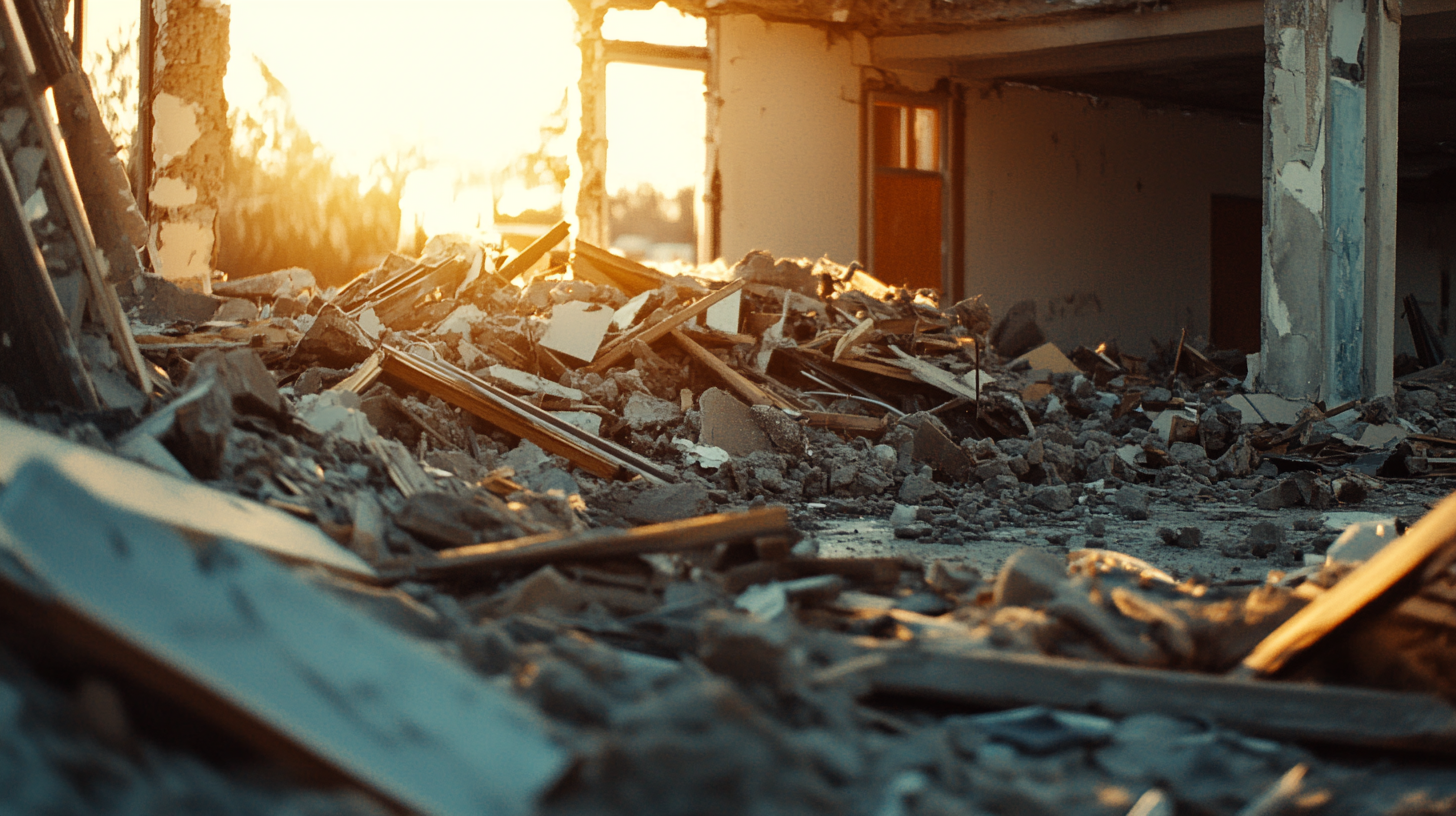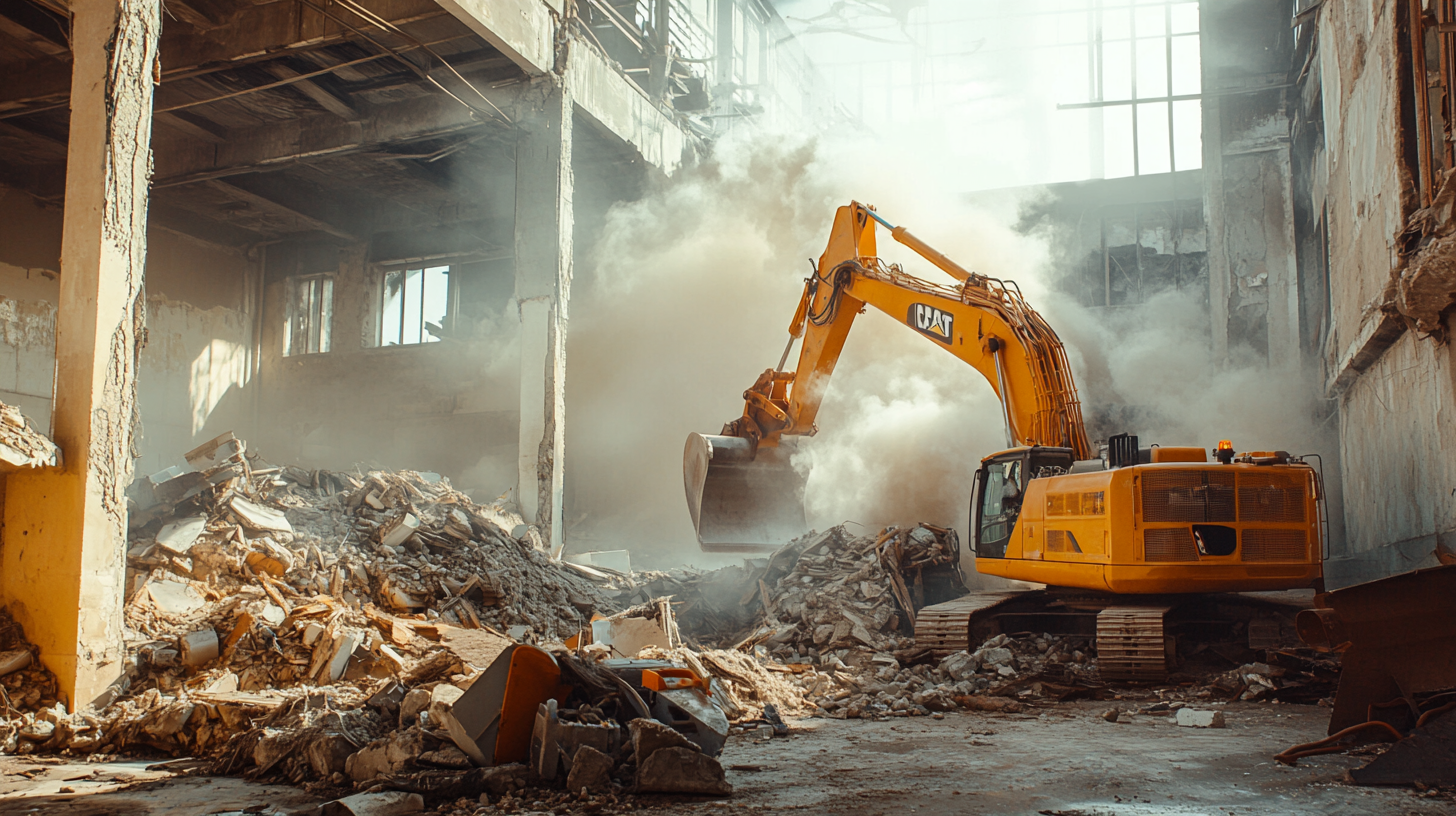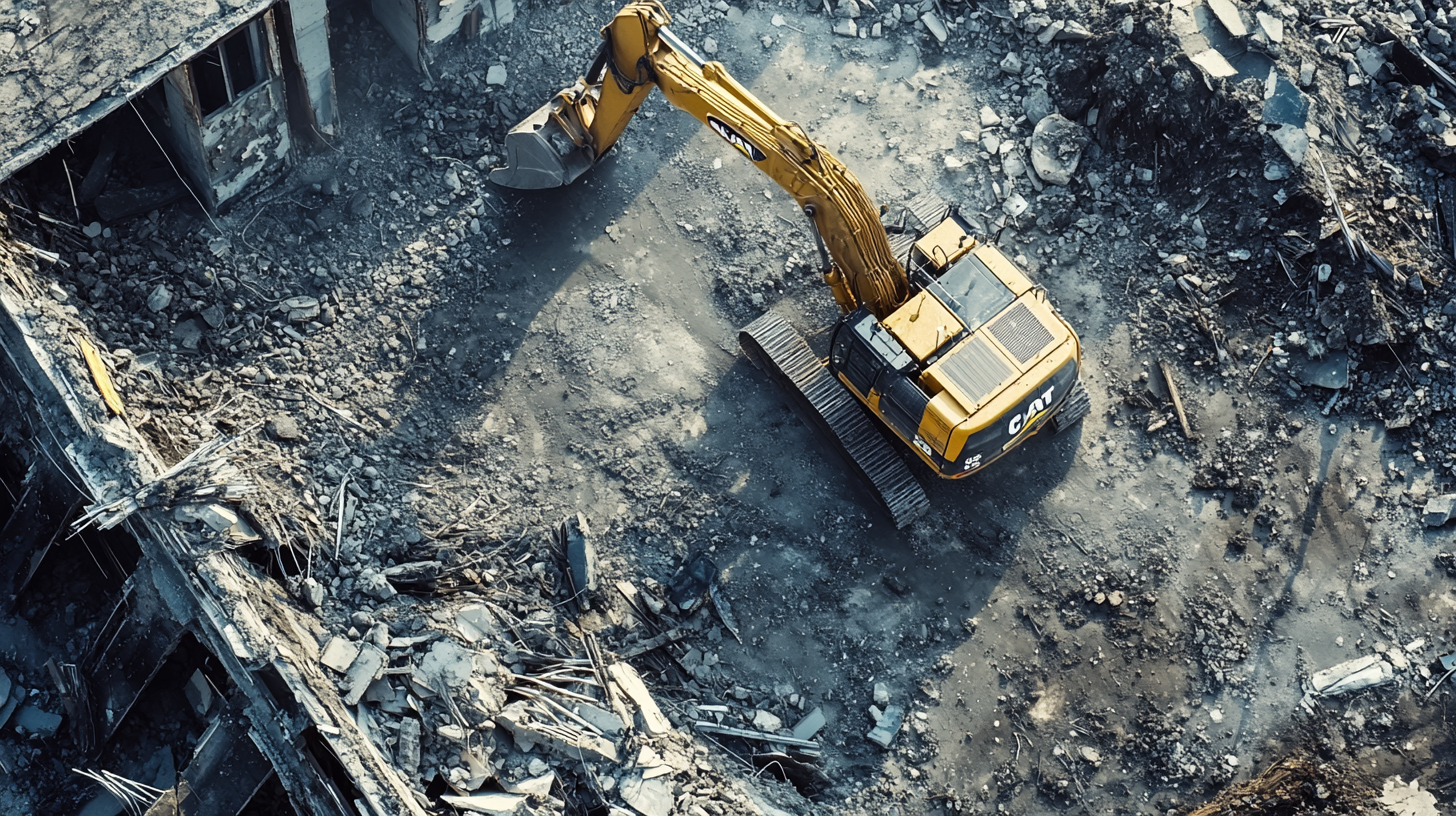
In the quest for a sustainable and cost-effective living environment, the role of home insulation emerges as a cornerstone in the architecture of energy efficiency. Insulation, often unseen yet fundamentally influential, acts as a thermal barrier that regulates the internal climate of our homes, making it a key player in energy conservation and comfort management. This comprehensive exploration sheds light on the intricate relationship between insulation and energy efficiency, revealing how properly installed and maintained insulation can be one of the most impactful investments in your home.
The journey toward energy efficiency is not just about reducing energy consumption; it's about optimizing the energy we use to create comfortable, environmentally friendly living spaces. Insulation serves as the silent sentinel, working tirelessly behind the scenes to minimize the need for heating and cooling, thereby reducing our carbon footprint and paving the way for a more sustainable future. From the attic to the basement, and every space in between, effective insulation ensures that every kilowatt of energy is utilized to its fullest potential, delivering comfort without compromise.
As we delve into the science behind insulation and its role in energy efficiency, we invite you to discover the transformative power of this unsung hero of home energy conservation. Whether you're building a new home, renovating an old one, or simply seeking ways to reduce your energy bills, understanding the critical role of insulation is the first step towards achieving your energy efficiency goals. Join us on this enlightening journey and embrace the synergy between comfort, cost savings, and environmental stewardship through the strategic use of home insulation.
Understanding Insulation and the Environment
Insulation is not just a key component in maintaining the comfort and energy efficiency of buildings; it also plays a crucial role in sustainable building practices. By understanding the relationship between insulation and the environment, homeowners and builders can make informed decisions that contribute to a more sustainable and responsible approach to construction and home improvement.
The Role of Insulation in Sustainable Building
Reducing Energy Consumption
Proper insulation significantly reduces the need for heating and cooling in buildings, leading to lower energy consumption. By maintaining a stable indoor temperature, insulation minimizes the reliance on HVAC systems, thereby conserving energy and reducing the strain on power grids. This energy efficiency is a fundamental aspect of sustainable building, as it directly correlates with reduced energy demand and resource conservation.
Lowering Carbon Footprint
By decreasing energy consumption, insulation also contributes to lowering the carbon footprint of buildings. The production of electricity and heating often involves the burning of fossil fuels, which releases carbon dioxide and other greenhouse gases into the atmosphere. By optimizing the energy efficiency of buildings through effective insulation, we can significantly reduce greenhouse gas emissions, contributing to the fight against climate change and promoting a healthier environment.
Common Insulation Materials and Their Environmental Footprint
Overview of Materials
The environmental impact of insulation materials varies based on their production processes, lifespan, and disposal methods. Here's an overview of common insulation materials and their environmental footprints:
- Fiberglass: Made from fine glass fibers, fiberglass is widely used due to its fire resistance and sound absorption properties. While its production involves high energy consumption, advancements in recycling technology have reduced its overall environmental impact.
- Cellulose: Composed of recycled paper products, cellulose insulation is considered eco-friendly due to its high recycled content and lower production energy. It's also treated with fire retardants to enhance safety.
- Foam Board: Known for its high insulating value and moisture resistance, foam board insulation is made from polystyrene or polyurethane. The production of foam board involves chemicals that can have environmental implications, making proper handling and disposal crucial.
- Spray Foam: Offering excellent air sealing and high R-value, spray foam insulation can significantly improve energy efficiency. However, the chemicals used in its production and application have raised environmental and health concerns, necessitating careful consideration and professional handling.
Environmental Pros and Cons of Popular Insulation Materials
Choosing the right insulation material involves balancing factors like energy efficiency, environmental impact, and health considerations. Each material comes with its own set of advantages and drawbacks. Understanding these can help you make an informed decision that aligns with your environmental values and energy-saving goals.
Fiberglass Insulation
Manufacturing Process and Energy Use
Fiberglass insulation is made from fine strands of glass and is one of the most commonly used insulation materials. The manufacturing process is energy-intensive, involving high temperatures to melt and spin the glass. However, many manufacturers are now incorporating recycled glass to reduce the environmental impact.
Recyclability and Health Considerations
Fiberglass is recyclable, which reduces the demand for raw materials and energy to produce new insulation. However, it can pose health risks during installation, such as skin irritation and respiratory issues if inhaled. Proper safety equipment and installation techniques are essential to mitigate these risks.
Cellulose Insulation
Use of Recycled Materials
Cellulose insulation is made from recycled paper, primarily newsprint, making it an eco-friendly choice. The high content of recycled materials reduces the need for virgin resources and the overall environmental footprint of the product.
Energy Efficiency in Production
The production of cellulose insulation requires less energy compared to other insulation materials. It also provides excellent thermal insulation, contributing to energy savings over the lifetime of the building.
Foam Insulation (Spray and Board)
Chemicals Used and Potential Emissions
Foam insulation, including spray foam and foam boards, is made from petrochemicals. The blowing agents used in the production can have a high global warming potential. However, newer formulations are being developed to reduce these environmental impacts.
Longevity and Energy Savings
Foam insulation offers high R-values and excellent air sealing properties, leading to significant energy savings. It also has a long lifespan, which means less frequent replacement and, consequently, reduced environmental impact over time.
Natural and Sustainable Options
Wool, Cotton, and Other Eco-Friendly Materials
Natural insulation materials like wool and cotton are gaining popularity for their low environmental impact. They are renewable, biodegradable, and often sourced from recycled or sustainable sources. These materials also offer good thermal and acoustic insulation properties.
Benefits for Green Building Certifications
Using natural and sustainable insulation materials can contribute to green building certifications like LEED or BREEAM. These materials help reduce the overall environmental footprint of buildings and can improve indoor air quality, contributing to a healthier living environment.
Insulation Techniques and Environmental Impact
The technique used to install insulation is just as crucial as the material chosen. Proper installation not only maximizes the energy efficiency of a building but also minimizes the environmental impact during the installation process and over the lifespan of the insulation. Innovations in insulation techniques are continually evolving, offering new ways to reduce environmental impact while enhancing performance.
Installation Methods and Energy Efficiency
Importance of Proper Installation for Maximizing Benefits
The effectiveness of insulation is heavily dependent on its proper installation. Gaps, compression, or moisture can significantly reduce insulation's ability to resist heat flow. Ensuring that insulation is correctly installed, without leaving any gaps or spaces, is crucial for maximizing its thermal performance and energy-saving potential. Proper installation also means that the insulation material will perform effectively for its expected lifespan, reducing the need for premature replacement and the associated environmental impact.
Techniques that Reduce Waste and Energy Use
Employing techniques that minimize waste during installation can significantly reduce the environmental impact. Precise cutting of insulation materials to fit spaces accurately, reusing off-cuts where possible, and recycling waste materials are practices that contribute to sustainability. Additionally, choosing insulation materials that require less energy to install, such as those that can be blown in or sprayed, can further reduce the overall energy consumption associated with the installation process.
Innovations in Insulation Techniques
Emerging Technologies and Methods
The field of insulation is witnessing continuous innovation, with new technologies and methods designed to improve energy efficiency and reduce environmental impact. Techniques such as vacuum insulation panels and gas-filled panels offer higher R-values with thinner profiles, reducing material use. Aerogel insulation, while still expensive, provides exceptional thermal resistance and is being explored for more widespread use.
Potential for Reducing Environmental Impact
These innovative insulation techniques not only enhance energy efficiency but also have the potential to significantly reduce environmental impact. By improving thermal performance, they reduce the energy required for heating and cooling, thereby decreasing greenhouse gas emissions. Additionally, as these technologies become more mainstream, their production processes are likely to become more energy-efficient and environmentally friendly, further reducing their overall ecological footprint.
Lifecycle Assessment of Insulation Materials
A lifecycle assessment (LCA) of insulation materials provides a holistic view of their environmental impact, from production through to disposal. This assessment helps in understanding the true sustainability of insulation materials, taking into account factors like energy consumption, emissions during manufacturing, durability, and end-of-life disposal or recyclability. By considering the full lifecycle, homeowners and builders can make more informed decisions that align with long-term environmental sustainability goals.
From Production to Disposal
Assessing the Full Lifecycle Impact of Different Materials
The lifecycle assessment of insulation materials involves evaluating the environmental impact during each stage of their life. This includes the extraction of raw materials, manufacturing processes, transportation, installation, performance during use, and finally, disposal or recycling. Each stage has its own environmental implications, and a comprehensive assessment helps in identifying materials that offer a balance between insulation performance and environmental sustainability.
Considerations for Disposal and Recyclability
The end-of-life stage of insulation materials is crucial in determining their overall environmental impact. Materials that are non-biodegradable or that release harmful substances when disposed of can have lasting negative effects on the environment. On the other hand, materials that are recyclable or that have a lower environmental impact when disposed of contribute to sustainability. Considering factors such as the ease of recycling, the potential for reuse, and the degradation process of materials can guide environmentally responsible choices.
Long-Term Environmental Benefits
Durability and Performance Over Time
The durability of insulation materials directly affects their environmental impact. Materials that maintain their performance over time reduce the need for replacement, thereby minimizing the resources and energy required for new material production, installation, and disposal. Durable insulation materials contribute to the long-term energy efficiency of buildings, ensuring that the energy savings they provide outweigh the environmental costs of their production and installation.
Impact on Reducing Overall Building Emissions
Insulation materials play a significant role in reducing the overall emissions of buildings by improving energy efficiency. By minimizing heat loss in winter and heat gain in summer, well-insulated buildings require less energy for heating and cooling. This reduction in energy consumption translates to lower greenhouse gas emissions, especially in regions where energy is produced from fossil fuels. The long-term environmental benefits of insulation are substantial, making it a key component in the pursuit of sustainable and eco-friendly building practices.
Making Environmentally Responsible Choices
In today's world, making environmentally responsible choices is more crucial than ever, especially when it comes to building or renovating our homes. The decisions we make can have a significant impact on our carbon footprint, energy consumption, and overall environmental sustainability. Understanding how to balance cost, efficiency, and environmental impact is key to making informed and responsible decisions.
Balancing Cost, Efficiency, and Environmental Impact
How to Make Informed Decisions for Your Specific Needs
Making environmentally responsible choices involves a careful consideration of cost, efficiency, and environmental impact. Start by assessing your specific needs, including your budget, the climate you live in, and your long-term energy savings goals. Research different insulation materials and installation techniques, and consider their R-values, durability, and the materials' environmental impact during production and disposal. Don't just look at the upfront costs; consider the long-term savings in energy bills and the potential benefits to the environment. By weighing these factors, you can choose insulation solutions that not only meet your immediate needs but also contribute to a more sustainable future.
Resources for Further Information
Organizations and Certifications to Look For
Several organizations and certifications can guide you in making environmentally responsible choices. Look for products and services that have certifications from reputable organizations such as ENERGY STAR, Green Guard, or the Leadership in Energy and Environmental Design (LEED). These certifications ensure that the products meet strict environmental and health standards. Additionally, organizations like the U.S. Green Building Council (USGBC) and the Building Performance Institute (BPI) provide resources and guidelines for sustainable building practices.
Tools for Assessing Environmental Impact
Utilize tools and resources to assess the environmental impact of your insulation choices. Life Cycle Assessment (LCA) tools can help you understand the overall environmental footprint of different materials, from production to disposal. Energy modeling software can predict how different insulation choices will affect your home's energy use and carbon emissions. By taking advantage of these tools, you can make more informed decisions that align with your environmental and energy efficiency goals.
FAQs
Contact Bull City Crawlspace Today!
Bull City Crawlspace will do everything we can to ensure your experience with us is excellent.
Request A FREE Estimate
Request a Free Estimate Form
Checkout Recent Post




Got a Question? We’re Here to Help.
You can arrange an appointment or make an enquiry by phone or email, orget in touch to us via our contact form.

